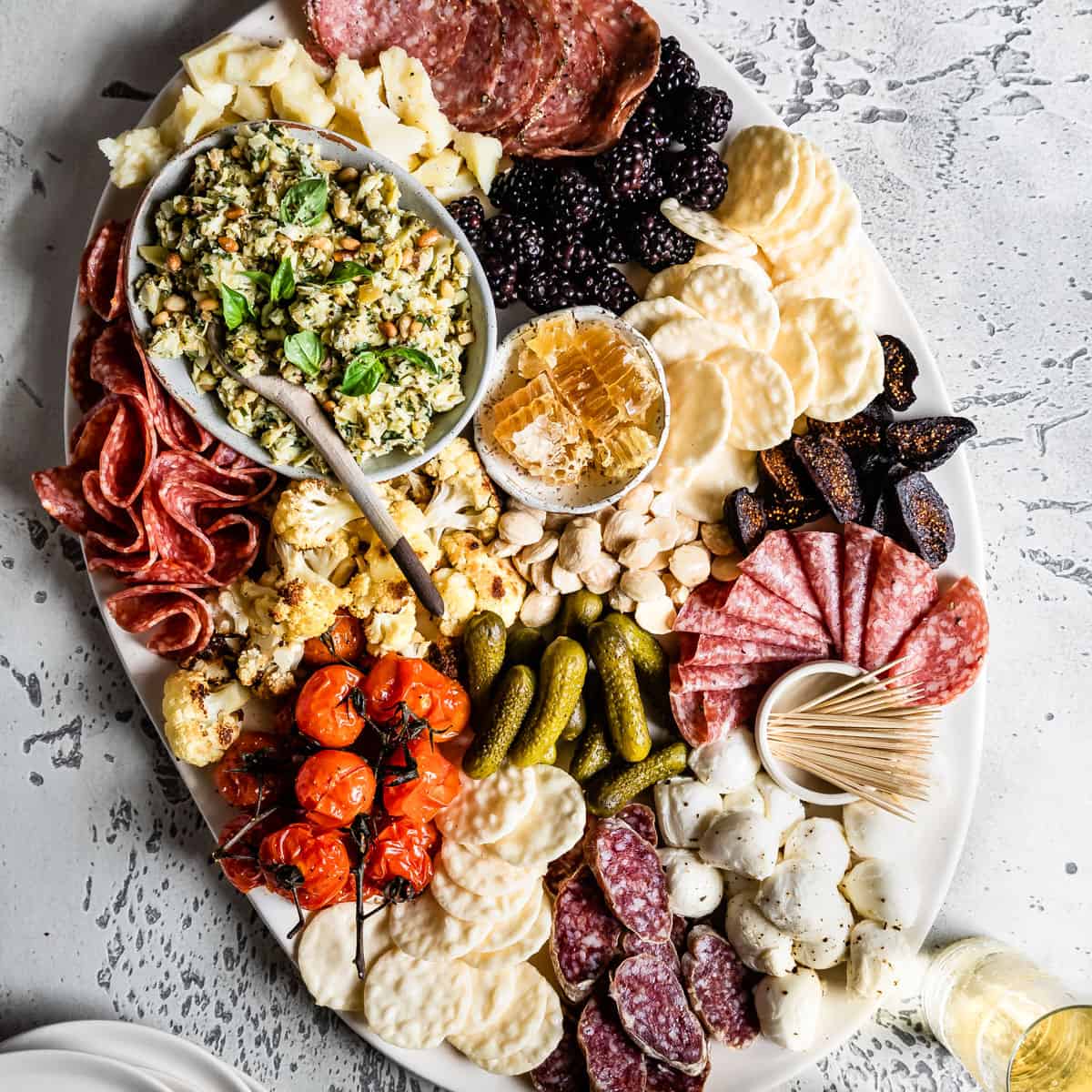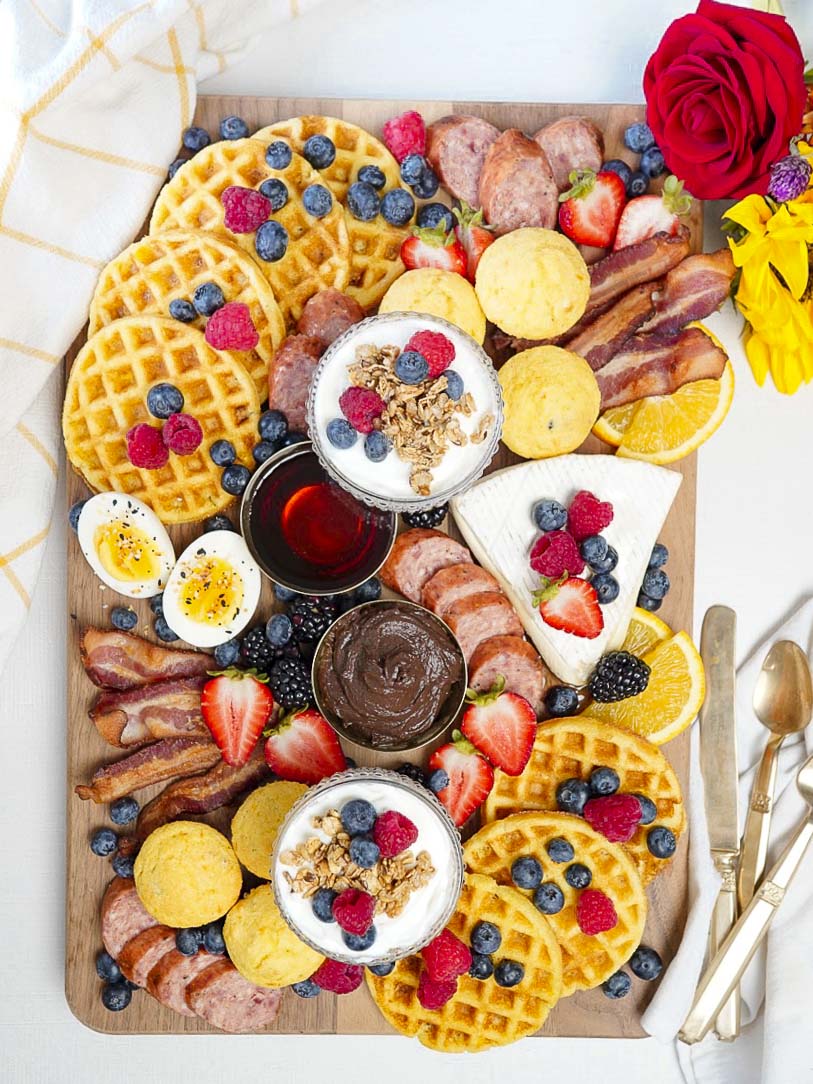Charcuterie Boards Reimagined: The New Art of Food Styling
Charcuterie Boards Reimagined: The New Art of Food Styling
Quick Navigation

The humble charcuterie board has evolved from a simple French meat platter into a canvas for culinary artistry. In 2025, these edible masterpieces represent the perfect fusion of food styling, visual composition, and gastronomic creativity. No longer confined to traditional cheese-and-meat arrangements, today's charcuterie boards are reimagined as sophisticated food art that tells stories, evokes emotions, and creates unforgettable dining experiences.
From Tradition to Food Art
What began as a practical French preservation method has transformed into one of the most influential food styling trends of our time. Modern charcuterie boards transcend their rustic origins, incorporating artistic principles, color theory, and visual storytelling to create Instagram-worthy presentations that rival professional food photography.

The reimagined charcuterie board reflects broader cultural shifts toward experiential dining and visual consumption. Social media has elevated food presentation to an art form, where the aesthetic appeal often matters as much as taste. This evolution has given birth to a new generation of food stylists who view boards as three-dimensional canvases for creative expression.
The Psychology of Visual Appeal
Research shows that visual presentation significantly impacts perceived flavor and dining satisfaction. Modern charcuterie styling leverages this psychological principle by creating boards that stimulate multiple senses simultaneously. The careful arrangement of textures, colors, and shapes triggers anticipation and enhances the overall dining experience.
Modern Food Styling Techniques
Color Theory in Food Arrangement
Contemporary charcuterie artists apply sophisticated color theory to create visually striking compositions. The strategic use of complementary colors—such as deep purple grapes against golden aged cheeses, or vibrant orange persimmons alongside emerald herbs—creates depth and visual interest that photographs beautifully and appeals to diners.
Texture Layering and Contrast
Modern boards emphasize textural diversity to create visual and tactile interest. Smooth pâtés contrast with crunchy nuts, soft cheeses balance firm salamis, and crisp crackers provide structure against flowing honey drizzles. This textural interplay adds sophistication and prevents visual monotony.
Advanced Styling Elements:
- Height Variation: Using small bowls, cheese wedges, and folded meats to create dimensional landscapes
- Negative Space: Strategic empty areas that allow the eye to rest and appreciate individual components
- Flowing Lines: Arranging ingredients in organic curves that guide the viewer's gaze across the board
- Focal Points: Creating visual anchors with standout items like artisanal cheeses or colorful preserves
Creative Theme Concepts

Themed Food Styling Adventures
The new art of charcuterie embraces limitless creativity through thematic approaches that tell culinary stories. These themed boards demonstrate how food styling can transport diners to different cultures, seasons, or experiences.
Seasonal Storytelling Boards:
- Spring Awakening: Fresh goat cheese, edible flowers, baby vegetables, and light rosés
- Summer Festival: Stone fruits, fresh herbs, light salumi, and sparkling wines
- Autumn Harvest: Aged cheddars, dried fruits, spiced nuts, and robust reds
- Winter Comfort: Rich pâtés, pickled vegetables, hearty breads, and warming spirits
Global Fusion Concepts
Modern charcuterie styling incorporates international flavors and presentation techniques. Mediterranean boards feature olive tapenades and fresh figs, while Asian-inspired arrangements might include edamame, rice crackers, and pickled vegetables. These fusion approaches demonstrate how traditional French techniques can embrace global culinary traditions.
Dietary Innovation Styling
Reimagined charcuterie boards cater to diverse dietary preferences without compromising visual appeal. Plant-based boards showcase colorful hummus varieties, roasted vegetables, and artisanal vegan cheeses arranged with the same attention to aesthetic detail as traditional boards.
Artisanal Ingredient Selection
Quality Over Quantity Philosophy
The new art of charcuterie emphasizes premium, small-batch ingredients that offer superior flavor and visual appeal. Artisanal producers create products specifically designed for aesthetic presentation, from naturally rinded cheeses to hand-folded salami roses.

Artisanal Ingredient Categories:
- Heritage Meats: Locally sourced, traditionally cured salamis and prosciuttos
- Farmstead Cheeses: Small-batch productions with unique flavor profiles and textures
- Specialty Condiments: House-made jams, chutneys, and flavor-infused honeys
- Artisan Crackers: Handcrafted varieties with seeds, herbs, and unique grain combinations
- Seasonal Produce: Peak-season fruits and vegetables that provide color and freshness
Sustainable and Local Sourcing
Contemporary charcuterie styling increasingly emphasizes sustainability and local sourcing. This approach not only supports regional producers but also ensures peak freshness and unique flavor profiles that distinguish boards from mass-market alternatives.
Visual Composition Mastery
Professional Styling Techniques
Food stylists apply classical composition principles to create visually compelling charcuterie arrangements. The rule of thirds, leading lines, and symmetrical balance all play roles in creating boards that photograph beautifully and appeal to diners.
Essential Composition Elements:
- Anchor Points: Large cheese wheels or meat arrangements that provide visual stability
- Flow and Movement: Curved arrangements that guide the eye naturally across the board
- Color Balance: Strategic distribution of colors to prevent clustering and maintain harmony
- Scale Variation: Mixing large and small elements to create visual rhythm
Lighting and Photography Considerations
Modern charcuterie styling considers photographic appeal from the initial design phase. Natural lighting enhancement, strategic prop placement, and camera-friendly arrangements ensure boards look stunning both in person and in photographs.
Interactive Design Elements
The new art of charcuterie incorporates interactive elements that engage diners beyond visual appeal. Hidden compartments, buildable elements, and customizable sections encourage participation and create memorable experiences.

Frequently Asked Questions
What makes modern charcuterie boards different from traditional ones?
Modern charcuterie boards emphasize visual composition, diverse themes, artisanal ingredients, and food styling techniques. They incorporate color theory, textural contrast, and creative presentation methods that elevate them from simple food platters to edible art pieces.
How do I choose the right ingredients for food styling?
Focus on color variety, textural contrast, and quality over quantity. Select 3-4 cheeses with different textures, 2-3 cured meats, fresh and dried fruits, nuts, and artisanal crackers. Consider how ingredients will photograph and complement each other visually.
What tools do I need for professional-looking charcuterie styling?
Essential tools include cheese knives, small spoons for jams, tweezers for precise placement, small bowls for nuts and olives, and quality boards or slates. Good lighting and a camera help you evaluate and document your styling work.
How far in advance can I style a charcuterie board?
Most components can be prepared 2-4 hours ahead, but final styling should occur within 1-2 hours of serving. Arrange non-perishable items first, then add delicate elements like fresh fruits and soft cheeses just before presentation.
Can I create themed charcuterie boards for special dietary needs?
Absolutely! Vegan boards use plant-based cheeses and meats, gluten-free versions feature alternative crackers and breads, and keto-friendly boards emphasize high-fat, low-carb ingredients. The styling principles remain the same regardless of dietary restrictions.
Ready to create your own food art masterpiece? Share this guide with fellow food enthusiasts and start experimenting with these professional charcuterie styling techniques. Your guests will be amazed by your artistic creations!
Share this article:
Help others discover the art of modern charcuterie styling by sharing these professional techniques and creative ideas!